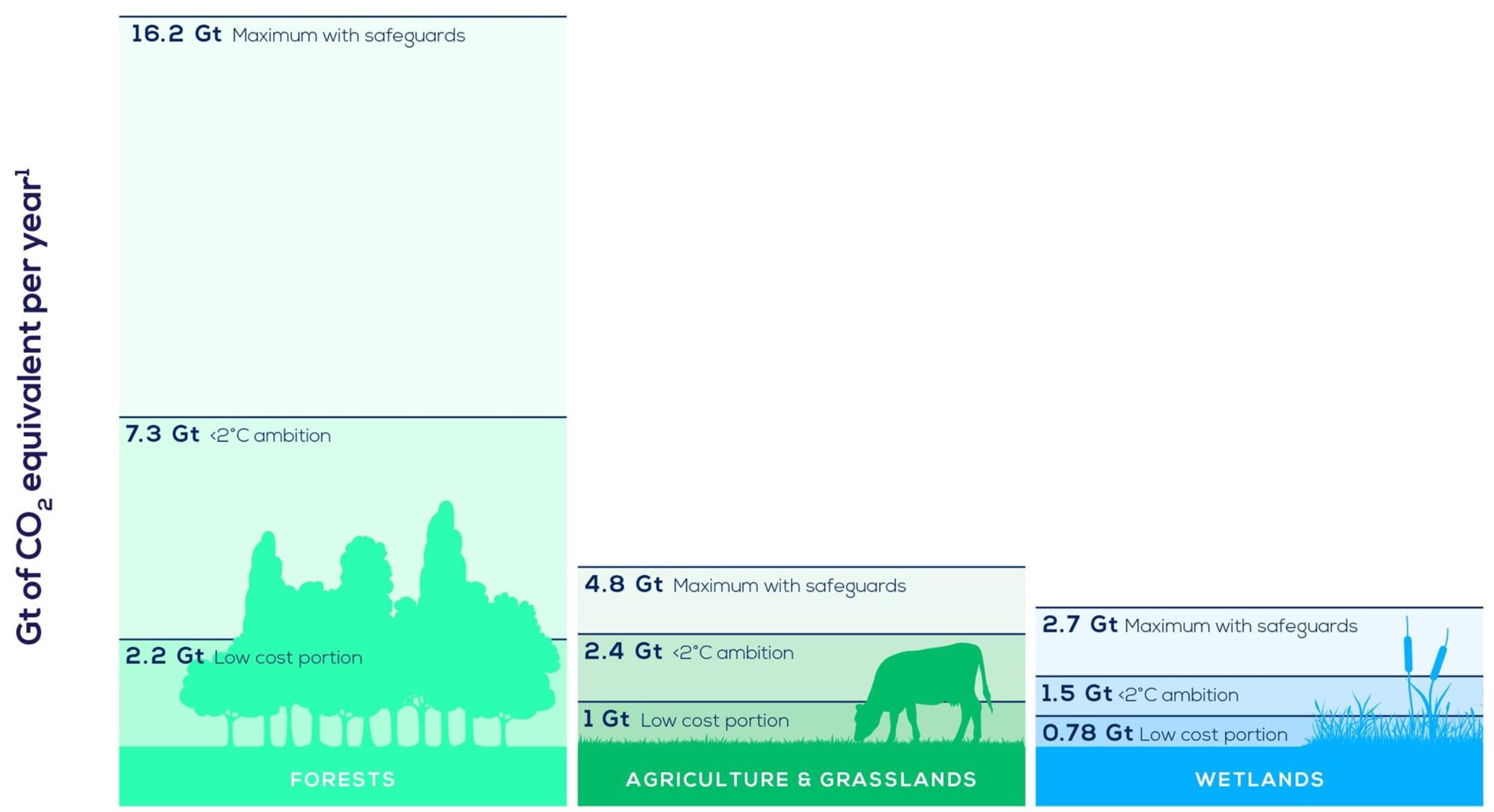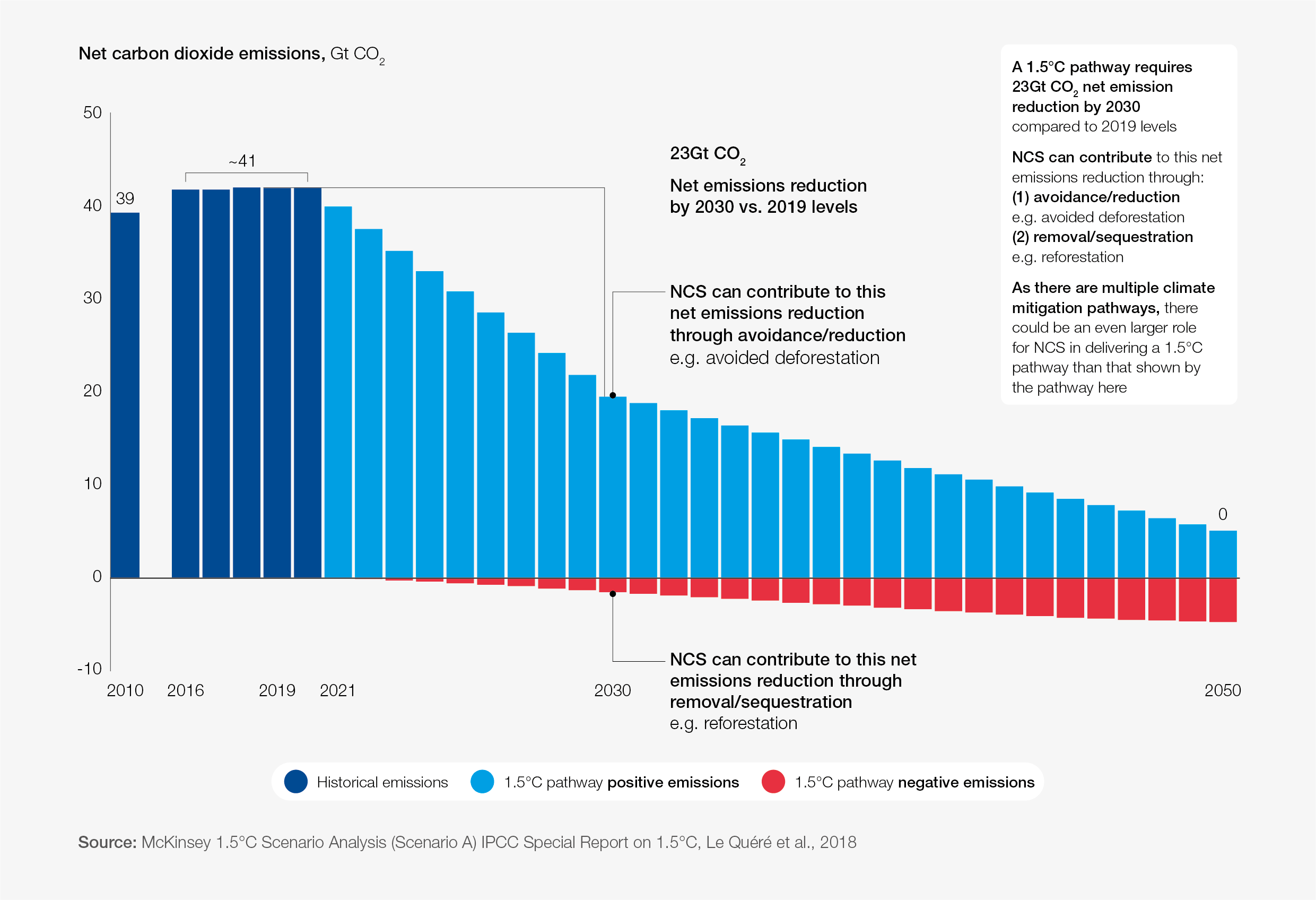Why hunting down the carbon in buildings is crucial to fighting climate change

It is vital and urgent that net zero buildings move from being one-off novel exemplars to business-as-usual.
Image: Jw/Unsplash
Stay up to date:
Tech and Innovation
Listen to the article
- Accurate carbon emissions data is available for less than 1% of new buildings worldwide.
- We need to put real numbers on how much carbon is generated by building materials, construction practices and ways we use our buildings.
- If we can ‘see’ the carbon in buildings, from design and construction to habitation, we will find ways to remove it – but we need more data.
Fast forward in your mind to this time next week. In that short space of time the number of buildings that will have completed construction around the world will cover an area equivalent to the size of Paris. This is our reality, every week of the year.
We have created systems to build at speed, but in one crucial respect we are building blind. Only the tiniest fraction of the new structures we’re creating are being designed and built with known carbon footprints. Accurate carbon emissions data is available for less than 1% of new buildings worldwide. Yet we know the global built environment is one of the biggest culprits driving global climate change, responsible for more than a third of the greenhouse gas emissions that are destabilising the climate system and threatening our way of life.
It is vital and urgent that net zero buildings move from being one-off novel exemplars to business-as-usual. To achieve this, we need to understand far more precisely the volume of emissions generated by a building across its full lifespan. We need to put real numbers on how much carbon is generated by building materials, construction practices, and the ways we use our buildings. If we can ‘see’ the carbon in buildings, from design and construction to habitation, we will find ways to remove it – but we need more data.
Energy efficient buildings
The global property sector is wisely refocusing on energy efficiency. Energy used to power, heat and cool buildings is precious. Cutting buildings’ day-to-day energy use through measures like insulation, passive design, lower carbon heating and cooling systems, and behavioural change by occupants is essential. But a building’s carbon emissions are not all generated through its operation. We know from our research with the World Business Council for Sustainable Development that as much as 50% of typical buildings’ emissions come from embodied carbon – the emissions that enter the atmosphere during the production and transport of building materials and as part of the construction process.
We need to understand the details of buildings’ embodied carbon emissions if we are to measure their “whole life carbon” impacts – the total amount of carbon that buildings emit over their lifespan. Guesswork is no longer good enough. Our net zero goals are looming, and we need whole life carbon data as an enabler of change. It is the tool that will allow us to be precise about designing and constructing buildings with the lowest possible total emissions.
Structural engineers need to know how much embodied carbon comes with the concrete or steel supplied by different producers. Mechanical engineers need to know how decisions about a particular building façade will impact on the capacity of a cooling system. Electrical engineers need whole life carbon data to understand the scale of embodied carbon attached to a cable tray or conduit. Until we build comprehensive data on buildings’ whole life carbon emissions, we can’t truly know when we are making the best choices to achieve the deepest carbon cuts.
How can digital technologies help deliver the climate goals?
Building carbon assessment
This is why Arup committed to carrying out whole life carbon assessments for all its building projects work. So far, we’ve collected and analysed data for almost 1,000 building design projects across 30 nations on five continents. New, industry-relevant insights have emerged about the scale of embodied carbon across different building sub-systems as part of this work, and we are using this information to drive fact-based decision making. For example, we now know that carbon intensity increases during the later stages of most design projects and we’re homing in on which decisions drive this escalation.
Let’s keep 2030 top of our minds. It’s less than a decade away and the United Nations’ High Level Climate Champions have set a daunting goal for the built environment industry: to ensure all new and refurbished buildings are net zero in operation and reduce their embodied carbon by at least 40%. This will be challenging, but carbon reduction at this scale and pace is essential to prevent catastrophic climate change.
What is the World Economic Forum doing on natural climate solutions?
Scaling and accelerating net zero buildings will only be achieved if the built environment industry collaborates to build comparable and open whole life carbon data. Delivering complex buildings that meet the needs of the modern world is something the sector does well. Every day, architects, engineers, and construction experts combine their expertise to winning effect. We need to apply this spirit of cooperation and innovation to collecting and using whole life data, so we all make better decisions.
Planning, designing and constructing buildings is a process that typically takes years, and many of the building projects our teams are working on today will be completed around 2030. If we’re serious about taking climate action, we need to halve the carbon emissions produced by buildings in less than a decade. whole life carbon data is one crucial tool to help get us there.
Accept our marketing cookies to access this content.
These cookies are currently disabled in your browser.
Don't miss any update on this topic
Create a free account and access your personalized content collection with our latest publications and analyses.
License and Republishing
World Economic Forum articles may be republished in accordance with the Creative Commons Attribution-NonCommercial-NoDerivatives 4.0 International Public License, and in accordance with our Terms of Use.
The views expressed in this article are those of the author alone and not the World Economic Forum.
Related topics:
Forum Stories newsletter
Bringing you weekly curated insights and analysis on the global issues that matter.
More on Forum InstitutionalSee all
World Economic Forum
June 26, 2025
Pooja Chhabria and Gayle Markovitz
June 25, 2025
Pooja Chhabria and Gayle Markovitz
June 24, 2025
Pooja Chhabria and Gayle Markovitz
June 23, 2025
Pooja Chhabria and Christina Schunck
June 10, 2025
World Economic Forum
May 16, 2025









